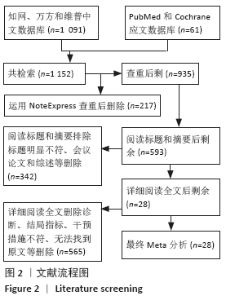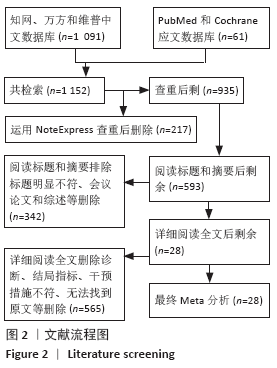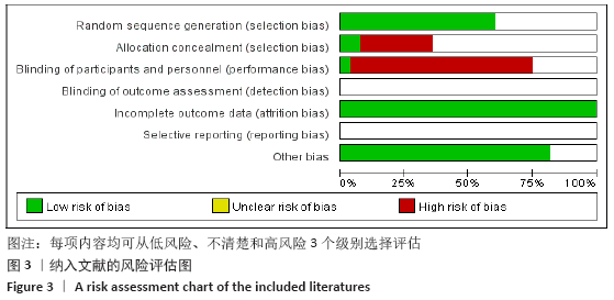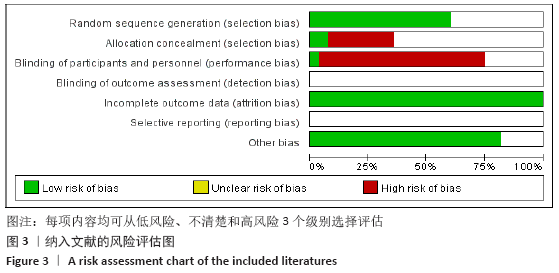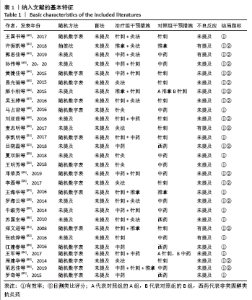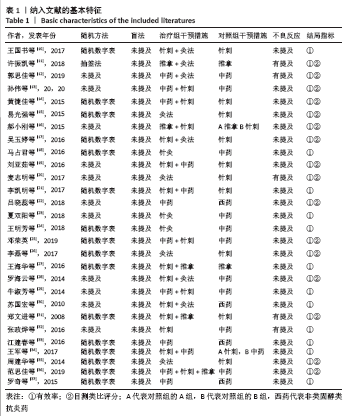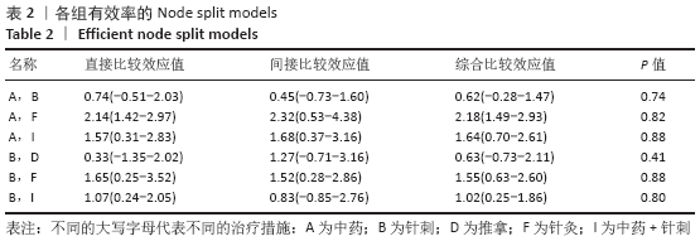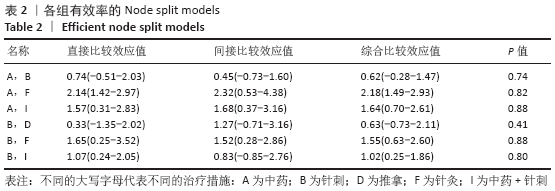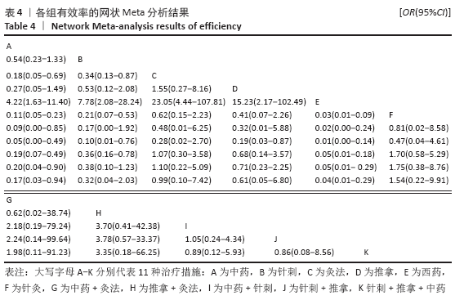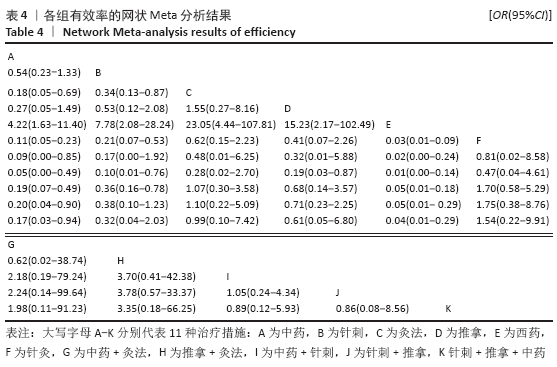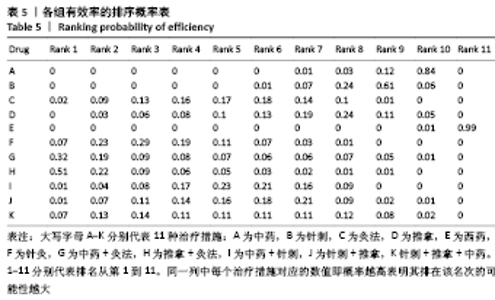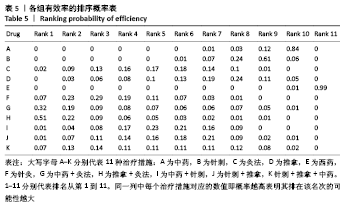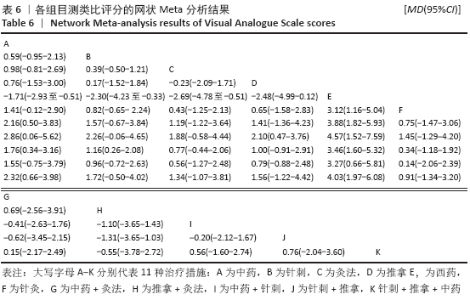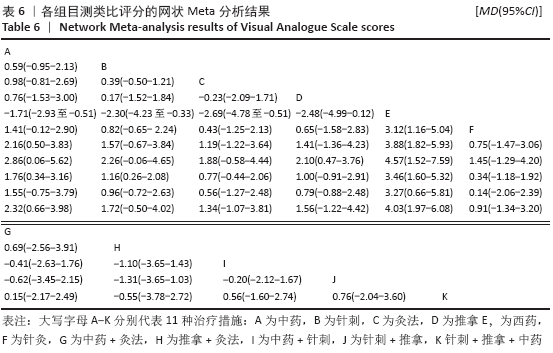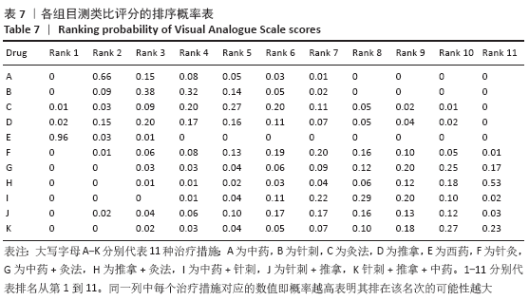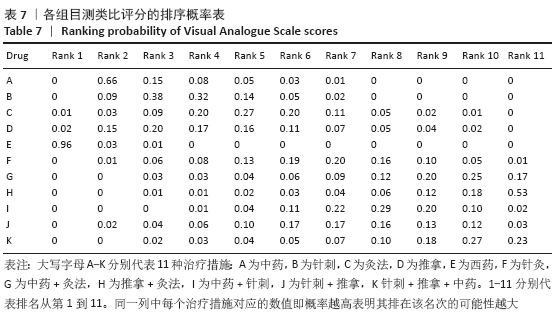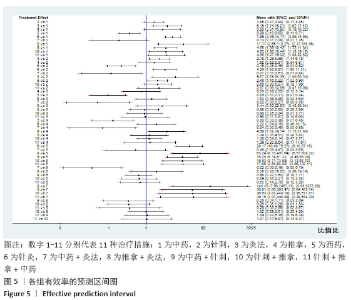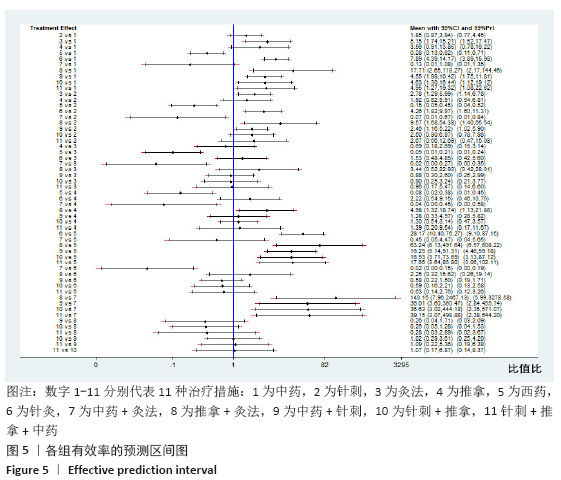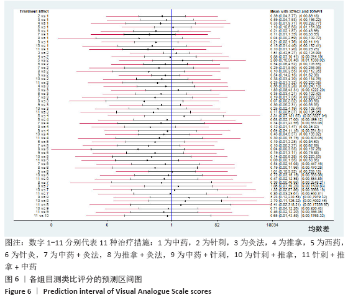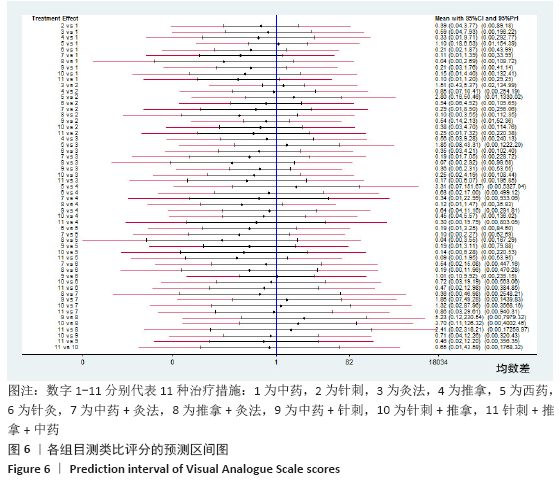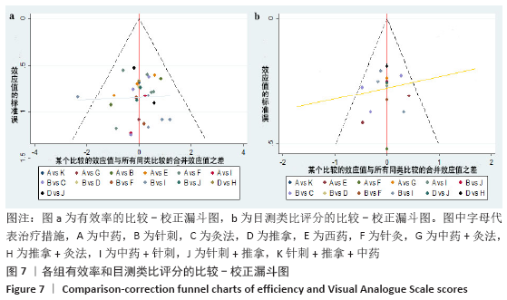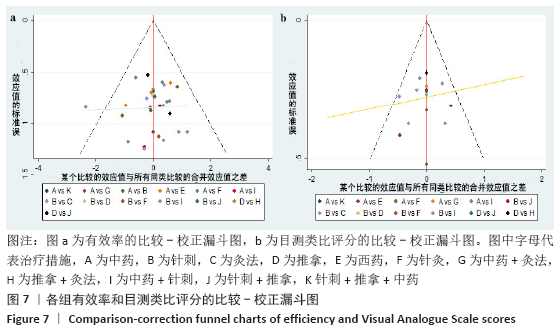[1] 腰椎间盘突出症诊疗中国疼痛专家共识[J].中国疼痛医学杂志,2020,26(1):2-6.
[2] DEYO RA, MIRZA SK. CLINICAL PRACTICE. Herniated lumbar intervertebral disk. N Engl J Med. 2016;374(18):1763-1772.
[3] AMIN RM, ANDRADE NS, NEUMAN BJ. Lumbar disc herniation. Curr Rev Musculoskel Med. 2017;10(9178):1-10.
[4] 孙凯,朱立国,魏戌,等.身痛逐瘀汤治疗腰椎间盘突出症疗效和安全性的系统评价和Meta分析[J].中国中药杂志, 2020,45(5):1159-1166.
[5] 郭锐.温针灸联合腰痛宁治疗腰椎间盘突出症(血瘀)随机平行对照研究[J].实用中医内科杂志,2018,32(11):43-45.
[6] 李江涛,齐雨.推拿联合针灸治疗血瘀型腰椎间盘突出症的临床疗效观察[J].世界中医药,2020,15(6):920-924.
[7] 向熙,司群超,成伟益,等.不同手术方式治疗腰椎间盘突出症的网状Meta分析[J].中国组织工程研究,2020,24(27): 4398-4405.
[8] 朱泽豪,廖柳,严夏.基于贝叶斯框架的中药注射液联合西药治疗小儿支气管哮喘的Meta分析[J].中成药, 2018,40(8): 1889-1894.
[9] 石毓灵,李光耀,梁祖建.多种针刺疗法治疗肱骨外上髁炎的贝叶斯网状Meta分析[J].中国组织工程研究, 2020,24(23): 3756-3763.
[10] 王国书,张小蕾,李昌生,等.电针配合隔物灸治疗腰椎间盘突出症疗效观察[J].上海针灸杂志,2017,36(12): 1466-1468.
[11] 许振凯,方浩,石宇雄,等.艾灸联合温经通络推拿手法治疗瘀血阻络型腰椎间盘突出症临床研究[J].世界中医药,2018, 36(1):170-174.
[12] 郭思佳.艾灸辅助治疗瘀血阻络型腰椎间盘突出症的可行性及对患者疼痛程度的影响[J].名医,2019,19(4):19-20.
[13] 孙伟.针刺八髎穴联合自拟活血祛瘀方治疗瘀血阻络型腰椎间盘突出症临床研究[J]. 光明中医,2020,35(1):86-87.
[14] 黄捷佳.加味四逆散配合脊柱九宫穴电针治疗气滞血瘀型腰椎间盘突出症[J].中医临床研究,2015,7(9):92-94.
[15] 易光强,周建华,黄毅祥.温阳灸法治疗血瘀型腰椎间盘突出症35例[J].中医外治杂志,2015,24(5):38-40.
[16] 郝小刚,周国辉,姜宝芝,等.推拿配合针刺治疗血瘀证腰椎间盘突出症的临床研究[J]. 中国社区医师,2015,31(25):82-83.
[17] 吴玉婷,黄征,邓陈英,等.热敏灸治疗血瘀型腰椎间盘突出症30例[J].江西中医药,2016,47(10):66-68.
[18] 马占君,陈亚军,刘亚茹,等.温针灸法治疗血瘀型腰椎间盘突出症临床疗效观察[J].河北医学,2016,22(9):1552-1554.
[19] 刘亚茹,司力肖,陈亚军,等.针药并用治疗血瘀腰突症患者的临床疗效[J].医疗装备,2016,29(22):48-49.
[20] 麦志明,唐积娣.温阳灸法和毫针针刺治疗血瘀型腰椎间盘突出症的效果对比[J].内蒙古中医药,2017,36(3):128-129.
[21] 李凯明,郝延科,李庆军,等. 腰三针结合身痛逐瘀汤治疗血瘀证腰椎间盘突出症临床研究[J].亚太传统医药, 2017, 13(16):114-115.
[22] 吕晓蕊,陆伟峰,倪菁琳,等.补阳还五汤治疗血瘀型腰椎间盘突出症50例[J].中医临床研究,2018,10(1):65-66.
[23] 夏双阳.温针灸法治疗血瘀型腰椎间盘突出症临床疗效观察[J].家庭医药.就医选药,2018,17(9):72.
[24] 王明芳.中医温针灸疗法和强骨胶囊治疗血瘀型腰椎间盘突出症的效果对比[J].中医临床研究,2018,10(28):35-37.
[25] 邓荣英,孟德良,陈来雄,等.身痛逐瘀汤联合腰三针治疗腰椎间盘突出症气滞血瘀型临床研究[J].实用中医药杂志, 2019,35(3):265-266.
[26] 李磊.隔药灸脐法治疗血瘀型腰椎间盘突出症的临床观察[D].济南:山东中医药大学,2016.
[27] 王海华.针灸结合推拿治疗血瘀型腰椎间盘突出症的临床研究[D].长春:长春中医药大学,2016.
[28] 罗海云,阳光.针刺加热敏灸治疗血瘀型腰椎间盘突出症30例[J].实用中西医结合临床,2014,14(1):71-73.
[29] 牛淑芳.电针联合身痛逐瘀汤治疗腰椎间盘突出症(血瘀证)疗效观察[J].中国中医急症,2014,24(8):1530-1531.
[30] 苏国宏,周忠良,罗建明,等.针灸治疗气滞血瘀型腰椎间盘突出症临床观察[J].中医药临床杂志,2011,32(4):320-322.
[31] 郑文进.电针配合推拿手法治疗血瘀型腰椎间盘突出症的临床研究[D].广州:广州中医药大学,2008.
[32] 张政烨.毫针深刺治疗腰椎间盘突出症(瘀血腰痛型)的临床研究[D].沈阳:辽宁中医药大学,2016.
[33] 江建春,邱德华,蔡奇文,等.石氏理气固腰汤治疗气滞血瘀型腰椎间盘突出症的临床研究[J].上海中医药杂志, 2016, 50(6):58-60.
[34] 王军.针刺结合身痛逐瘀汤治疗气滞血瘀型腰椎间盘突出症的临床疗效观察[J].养生保健指南,2017,13(20):15, 139.
[35] 周建华.温阳灸法治疗血瘀型腰椎间盘突出症的临床研究[D].桂林:广西中医药大学,2014.
[36] 范思佳,刘传耀,黄兰芬,等.电针推拿联合腰痹逐瘀止痛汤治疗气滞血瘀型腰椎间盘突出症[J].国际中医中药杂志, 2019,41(3):243-247.
[37] 罗奇.溶髓方治疗腰椎间盘突出症(气滞血瘀型)的临床疗效观察[D].桂林:广西中医药大学,2015.
[38] 唐福宇,黄承军,徐敏,等.腰椎间盘突出症的中医药治疗进展[J].中国中医骨伤科杂志,2009,17(5):68-70.
[39] 范少勇,胡梁深,周明.中药熏蒸联合洪都督脉经手法治疗椎间盘源性腰痛疗效观察[J]. 广州中医药大学学报, 2019, 36(6):824-826.
[40] 谢丽娜,李坤,粟泽升. 拿手法配合艾灸治疗腰椎间盘突出症的效果及对患者腰腿功能的影响[J].中国当代医药, 2019, 26(9):136-138.
[41] 李静.推拿治疗腰椎间盘突出症的临床及其机理研究[D].济南:山东中医药大学, 2003.
[42] 王灵君.腰椎间盘突出症非手术治疗新进展[J].现代中西医结合杂志, 2010,19(33): 4365-4367.
[43] 潘迅.针灸推拿加牵引治疗腰椎间盘突出症[J].长春中医药大学学报, 2014,30(3): 504-506.
[44] 吕士琦.热敏灸疗为主对腰椎间盘突出症疗效及免疫系统改善的影响[J].针灸临床杂志,2018,34(4):26-29. |
